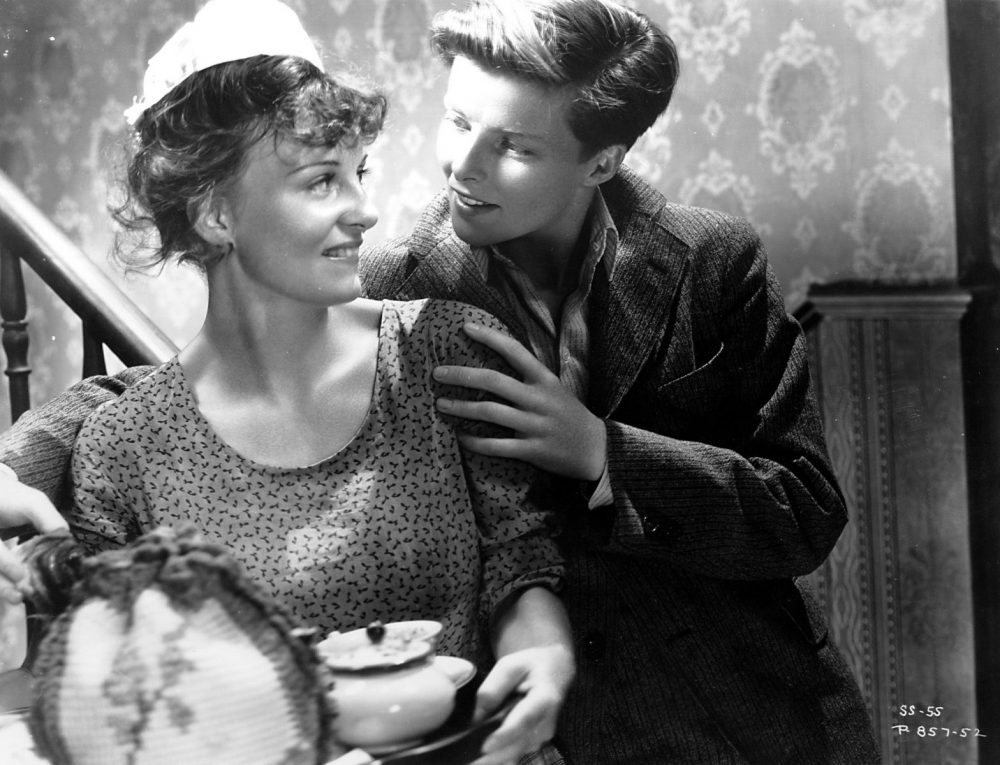‘What Price Hollywood’ film series and exhibition offers a queer trip down memory lane, at MoMA.
A new film series and exhibition of early and classic cinema just goes to show that queer isn’t a contemporary invention. One of the many reasons I love classic Hollywood cinema is its role as a celluloid treasure trove of queer icons, images and artifacts—if you know where to look. And Ron Magliozzi, curator, and Brittany Shaw, curatorial assistant, Department of Film at MoMA certainly do.
The upcoming film series (April 8 – 20) running in conjunction with the gallery poster exhibition takes a look at the nature of sexual politics and gender roles on screen.
Focusing on 20 screen gems from the 1920s and ‘30s to the 1970s and starring some of the most successful actors of the era, What Price Hollywood reminds us that during Hollywood the studio system’s Golden Age, female screen icons such as Barbara Stanwyck, Louise Brooks, Bette Davis, Gloria Grahame, and others played expected roles in genre films that nevertheless subverted gender norms through the image of the flapper, the fallen woman, and the femme fatale.
These portrayals examine the limitations of gender roles for women at the time and also raised taboo themes that were later extinguished by Hollywood in the more conformist era of the 1950s when a woman’s place was deemed to be in the home.
I still remember watching Bette Davis play a gangster’s moll in Marked Woman and Peggy Cummins play an impulsive trigger happy gangster in Gun Crazy and marveling at their explosive, scenery-chewing performances that would be noteworthy today, let alone in an era only a few years after women had gained the right to vote.
The gallery exhibition for What Price Hollywood presents a wide range of rare movie posters, lobby cards and still photographs from the silent era through the 1960s that epitomize Hollywood marketing using masculine and feminine stereotypes.
The exhibition highlights ways in which these visual representations dodged censorship and yet appealed to the moviegoing public’s understanding of romance and sexuality.
And yet, if you look closely you will see how certain film genres allowed female glamour to signify agency and even queer subtexts to sneak into poster art, not to mention the films themselves.
Women such as Louise Brooks, Marlene Dietrich, Katharine Hepburn and Gloria Grahame became indelible icons of female individualism, gender fluidity and erotic power. Some of these actresses — such as Brooks, Hepburn, Dietrich and Stanwyck — were thought to be queer or bisexual themselves, according to numerous biographers and historians.
Think of Katharine Hepburn in the 1935 film Sylvia Scarlett, directed by George Cukor, who was gay. In the film, Hepburn adopts a male persona, Sylvester, in order to move through society more freely, and of course, complications ensue.
An intriguing and relevant exhibition at a time when we’re still trying to work out what a feminist looks like. Maybe our sister-sirens from the silver screen can show us a thing or two.
What Price Hollywood: Film Series to Run April 8 – 20, 2019; Gallery Poster Exhibition March 30 through June 15, 2019
